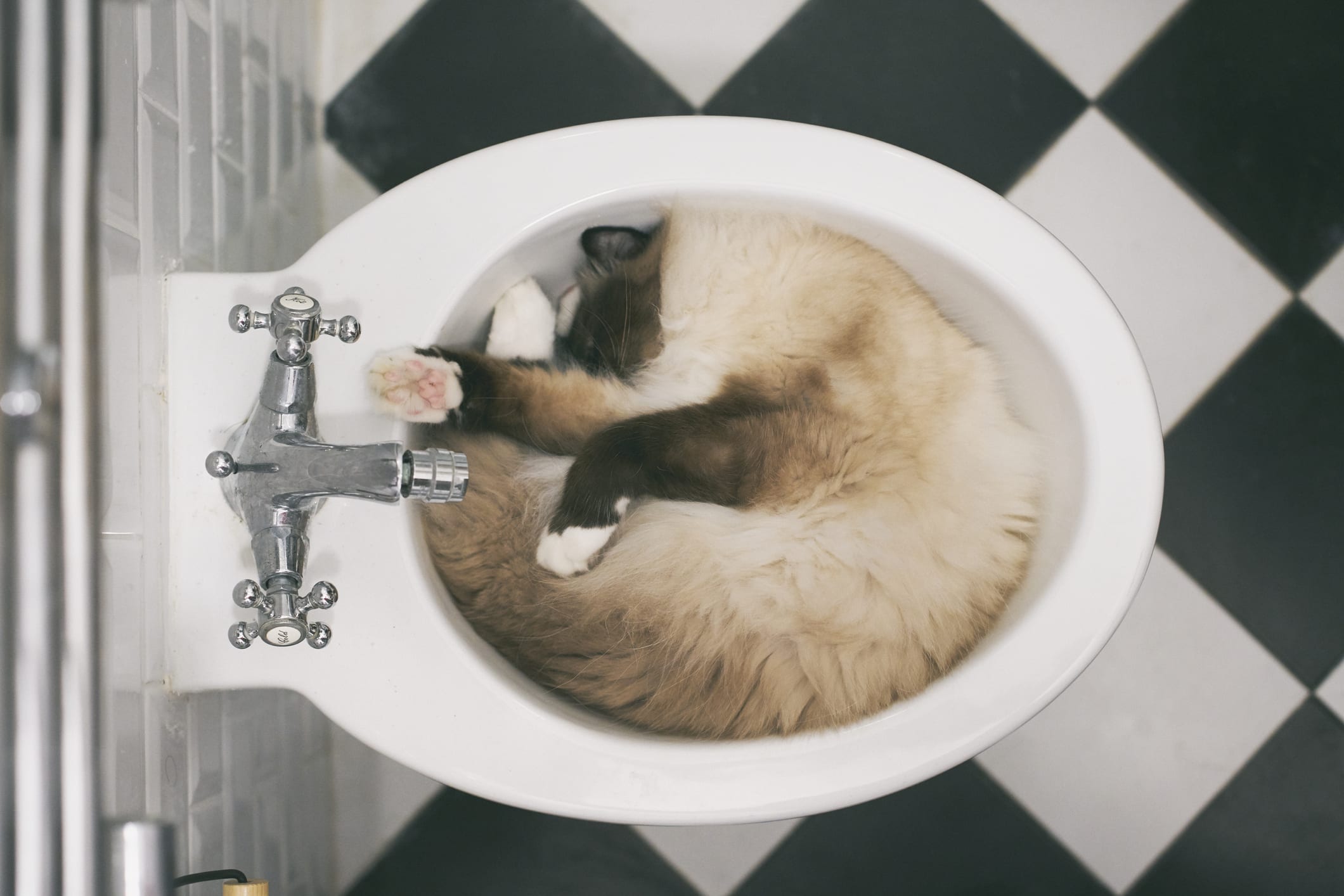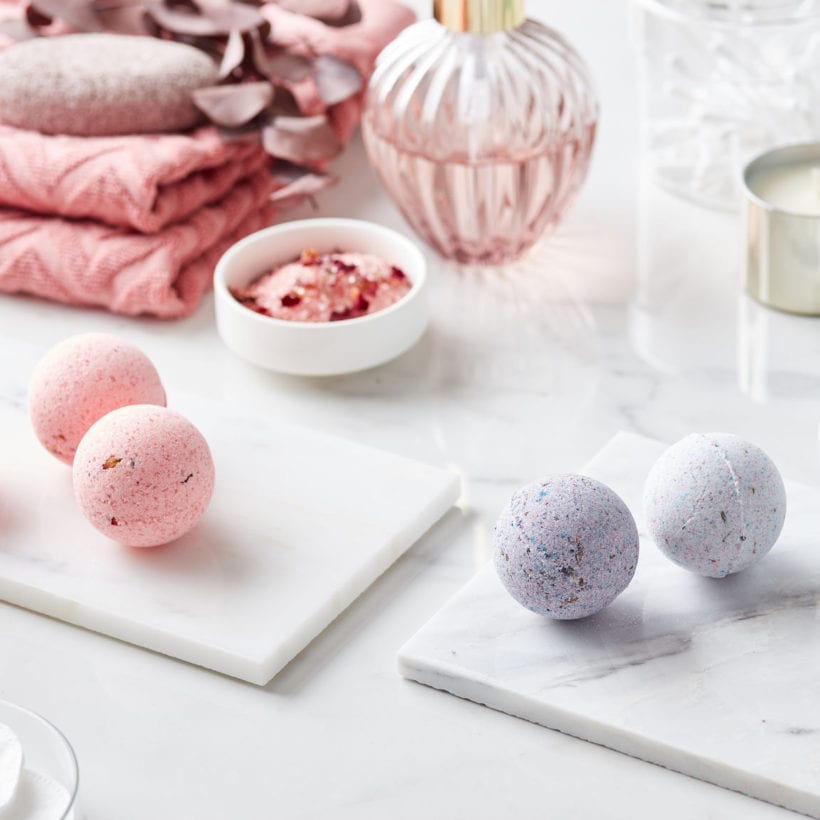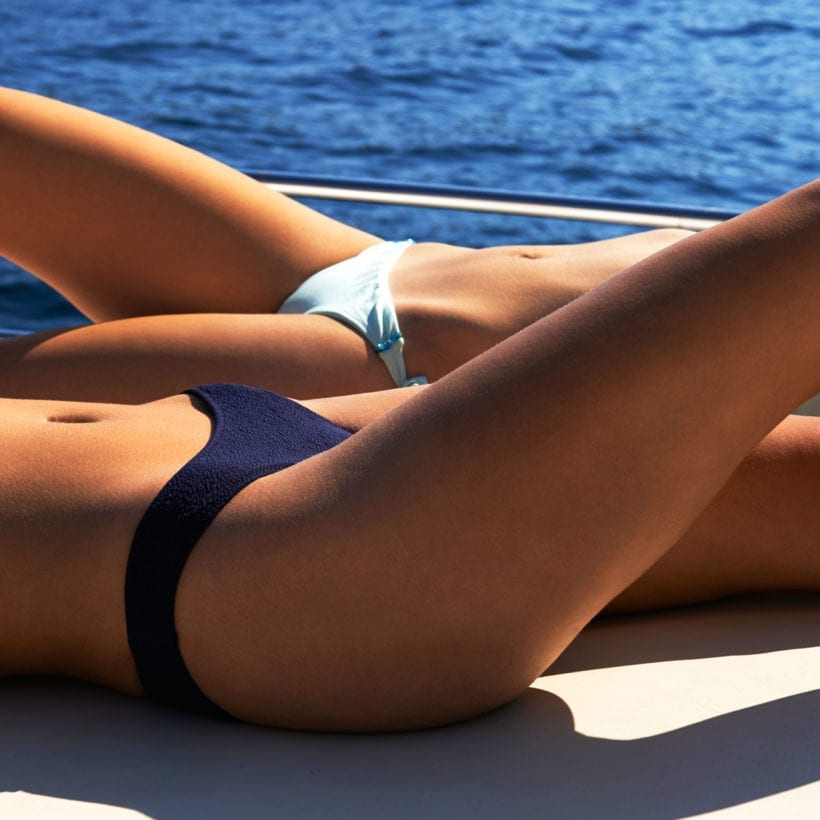My friend texted me in April of last year saying she was feeling boastful about the prescient investments she made pre-pandemic. Her purchases? A VR headset and a bidet. So what seemed like overnight, bidets went from slightly taboo (in America; they are ubiquitous in many other countries) to hot-ticket items. If you’ll allow your mind to wander back to the onset of the pandemic, you’ll remember that it was nearly impossible to find toilet paper. While this perceived shortage was annoying, it had an unexpected effect; bidet sales rose. A lot.
And while the perceived TP shortage resolved itself quickly, the interest in bidets persisted. “Sales are up 100% over this same time last year,” Thomas Lotrecchiano, co-founder of bidet brand Omigo says. “The bidet trend is definitely here to stay. The amount of traffic to our site has steadily grown month over month, which is really exciting. At the beginning of the pandemic, bidets became a real option for people who had never considered them before. That allowed bidets to move from a taboo subject to the perfect solution for a very real problem that extends farther out than a toilet paper shortage.”
If you’re already the proud owner of a bidet, or if you’re on the fence about buying one, we talked to two doctors and Lotrecchiano, to get the scoop on why bidets may be a good choice for yourself and the environment.
What are the benefits of bidets?
Put simply, bidets get you really clean. “[Bidets] can result in a more thorough cleaning. It can also be soothing if you have hemorrhoids or fissures or had a recent tear which is healing from a vaginal delivery,” Dr. Lucky Sekhon, fertility specialist and board-certified OB/GYN from NYC says. Washing with water may remove more bacteria and fecal matter than paper alone (this is the same reasoning behind why wipes to clean babies are wet). And people who experience frequent UTIs may also find that a bidet helps as UTIs can sometimes be caused by bacteria entering the urinary tract. Less bacteria means less chance of it causing issues.
People who are disabled, elderly, or living with autism may also benefit from the bidet. As Lotrecchiano says, “people on the autism spectrum often find using toilet paper to be highly sensitive, so a bidet alternative can be comforting in the bathroom while offering more independence.” Bidets may offer freedom and privacy to people with disabilities that make it difficult to use toilet paper to wipe; all they need to do is push a button.
Then there are the environmental factors to consider. While some may think that bidets waste water, that’s actually untrue when you factor in how much water it takes to make toilet paper. Americans use 36.5 billion rolls of toilet paper every year, which equates to the pulp of approximately 15 million trees, according to Justin Thomas, editor of the website metaefficient.com (a website devoted to efficient living) and as reported by Scientific American. To produce enough toilet paper, Thomas says, it takes 473,587,500,000 gallons of water. I don’t even know what the number is, but if there were ever a time to say it’s a sh*t ton, that would be now.
These statistics don’t even factor in the chlorine it takes (toilet paper is typically bleached so it’s white) or the energy and electricity involved. “Using a bidet can help reduce toilet paper usage by 75% or eliminate it completely,” Lotrecchiano says. It’s still a good idea to pat dry with a small amount of toilet paper, unless your bidet, (like the Omigo luxury toilet seat) has a built-in dryer.
Are there side effects or drawbacks to bidets?
When you hear the stats and the benefits, it’s enough to want to ditch toilet paper forever. But are there any drawbacks to using a bidet? Not really, according to Dr. Sekhon who adds, “other than the risk of inadvertently burning yourself if you have unexpectedly hot water. Use normal temperature or warm water [and] be sure to check the temperature carefully before using it. It’s a good idea to pat the area dry thoroughly to avoid moisture which can create a breeding ground for yeast and bacterial imbalances,” she adds.
It may take a little while to get comfortable using the bidet, and you may want to look for one with both front and rear nozzles for cleaning. Most brands will offer a manual and installation video to help you get the bidet on your existing toilet easily, but if you’re unsure of how to install it properly, be sure to get help because if installed wrong it could result in a messy situation (think water all over your bathroom). A common argument against bidets is that they waste water, but as previously discussed, that doesn’t really hold up.“It takes almost 37 gallons of water to make a roll of toilet paper, and only a pint of water to wash with a bidet.”
If you’re not sold, ultimately, as Dr. Kecia Gaither, MD, MPH, FACOG, double board-certified in OB/GYN and Maternal-Fetal Medicine, says, “it’s an individual’s personal preference to utilize a bidet, rather than standard toilet paper. [There] are no known scientific studies evaluating bidet use over routine toilet paper.” But if you’re looking for an easy swap that’s good for the environment (and for your booty) a bidet is a good choice.
We only recommend products we have independently researched, tested, and loved. If you purchase a product found through our links, Sunday Edit may earn an affiliate commission.







